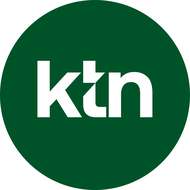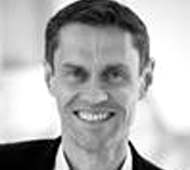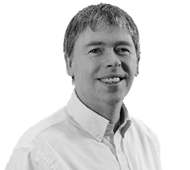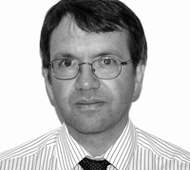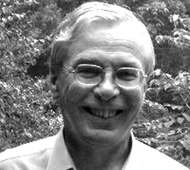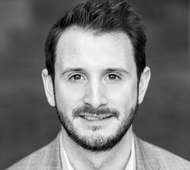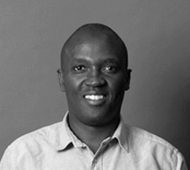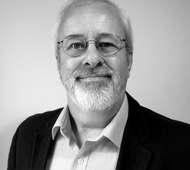From the coherer of the wireless telegraphy, through to the cat's whiskers detectors in early crystal radios to the vacuum triodes used today, progression for RF is fast-moving and exciting.This event will reflect the dynamism and innovations in RF and their impacts on new materials, devices and circuit techniques. These may be new materials such as graphene, or “meta-materials” made by forming microstructures on conventional materials. New active and passive devices, for example MEMs resonators, could enable new approaches to filtering and new ways to design circuits that make use of these innovations.
This event will deliver a myriad of presentations to describe how technologies and innovations in the development of new materials, and their viable options for numerous applications can deliver fundamental leaps in RF.
Today we have an essentially universal method to make electronics circuits - whether computers or radios - based on silicon VLSI and other well-known ways of fabricating circuits. However, as we demand more from radio systems, new enabling technologies logically facilitate the next wave of product innovation. ‘New Materials, Devices and Circuit Techniques for RF will explore and question some of these innovations, including:
- Graphene or "meta-materials: a world of possibilities made by forming microstructures on conventional materials.
- New active and passive devices: the exciting potential of MEMs resonators and how they can be used to enable new approaches to filtering and designing circuits.
Confirmed speakers for this Radio Technology SIG event include:
- 'Handset Antenna Design', Dr Sampson Hu, CTO, Smart Antenna Technologies
- 'Plasma Silicon Devices (PSiDs) in Wireless Networks', Dr David Hayes, Founder and CEO, Plasma Antennas Ltd
- 'Circuit and Technology Solutions to Address the Multi-Mode Mobile Terminal Front-End Challenge', Chris Clifton, CTO & Divisional Director, Sony EU
- Graphene for RF and Microwave Applications: Potential and Challenges; ‘Is graphene really the wonder material for high frequency applications?’, Dr Hatice Tuncer, Research Associate, Cambridge Graphene Centre and the Engineering Department of Cambridge University.
- 'Efficient Linear Power Amplifiers for use in 4G systems', Dr. Kevin Morris, Reader in Radio Frequency Engineering, Department of Electrical and Electronic Engineering Bristol University
The Radio Technology SIG is championed by John Haine of u-blox UK, Brian Collins of BSC Associates, Gerald Miaille of CSR and Diego Giancola of PA Consulting.
We are also extremely grateful to our partner ICT KTN for supporting this event, and to Silicon South West for hosting the event and also to Rohde & Schwarz for jointly sponsoring the lunch.
Join us for this FREE joint event organised by Cambridge Wireless and ICT KTN. To be able to attend this event for free you'll automatically be registered as an ICT KTN member. Please note membership of ICT KTN is free.
We have limited display table opportunities available for this popular event so if you are interested in maximising your organisation's profile, please contact sponsorship@cambridgewireless.co.uk for further information.
You can follow @CambWireless on Twitter and tweet about this event using #CWRadioTech.
